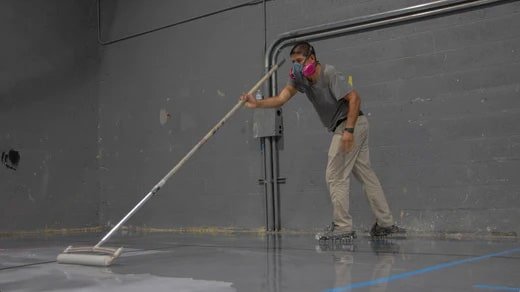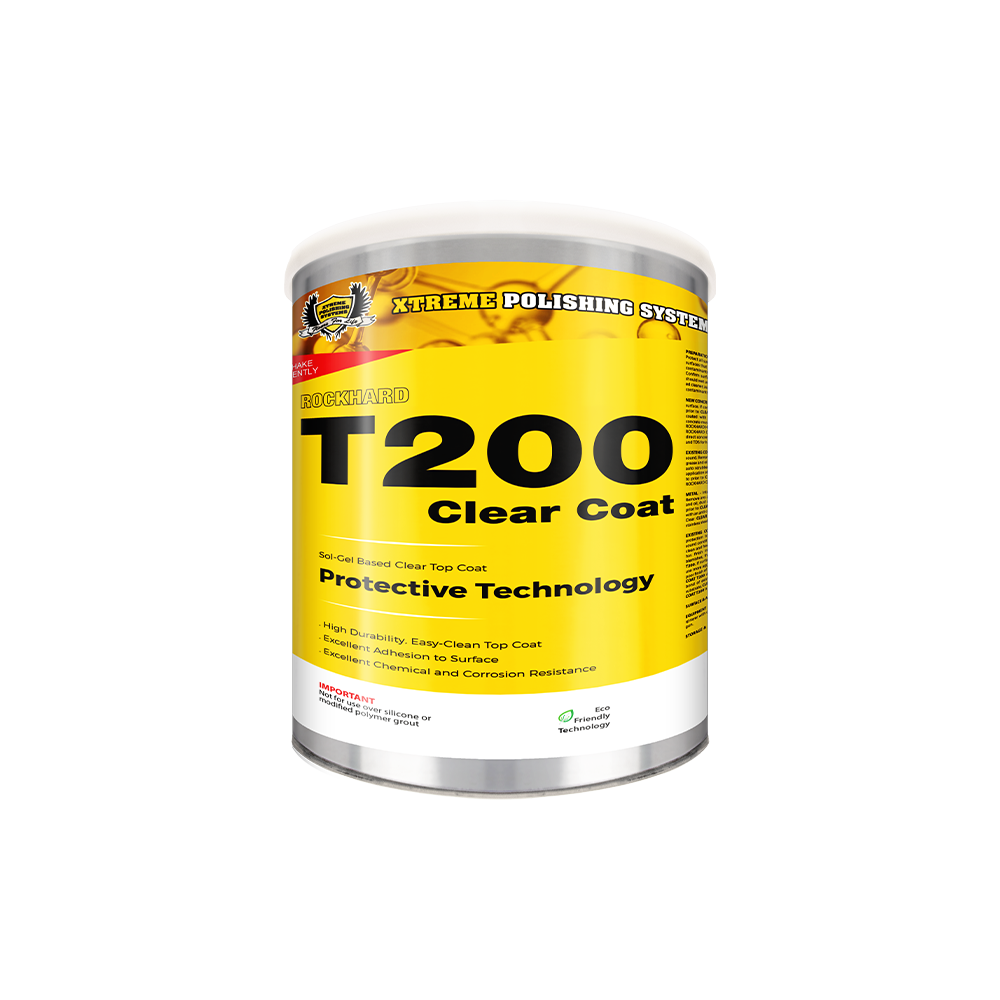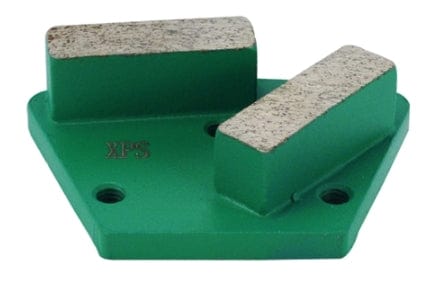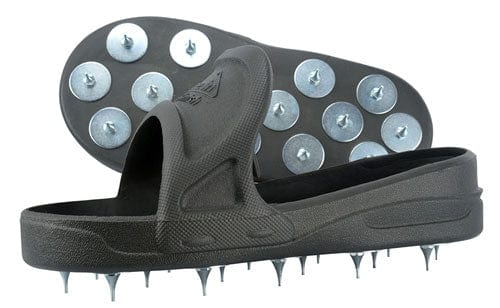Protective finishes such as polyaspartic and polyurea coatings add an extra layer of protection to floor surfaces. These protective coatings provide superior chemical, UV, and solvent resistance while yielding an outstanding finish. Resilient finishes like these provide flooring solutions for the most demanding slip-resistant, heavy-traffic environments.
What is Polyurea?
In polyurea, synthetic resin and reactive isocyanate materials are combined to create a coating compound. It ultimately produces a durable, flexible compound that prevents corrosion, resists erosion over time, is impact resistant, and has waterproof properties.
You can use polyurea materials for a wide variety of surfaces thanks to its strength and versatility. In addition to being chemically resistant, it is also resistant to abrasion, heavy impacts, and temperature changes. A polyurea coating can also be specially formulated to suit your specific requirements.
Despite its incredible durability, polyurea is vulnerable to UV rays. The result can be discoloration over time, even in mild circumstances. If the UV rays are too intense, the bonding may break and cracks may form within the coating.
Polyurea has a fast curing time, which makes it an attractive choice for many applications. A few hours after application, polyurea is touchable, and it has fully cured after 24 hours. As a result, you can begin working on the newly coated surface much faster than you would with epoxy, which takes a couple of days to fully cure. Although there is less room for error on the application side, it allows you to work with or work on the newly coated surface much earlier than with epoxy.
There are a number of surfaces that can be coated with polyurea, including metals, concrete, plastics, and wood. During the course of their lifespans, surfaces such as these are prone to damage, and polyurea plays a crucial role in extending their lifespans.
What is Polyaspartic?
Typically, polyaspartic coatings are used for concrete flooring applications. In more ways than one, it is similar to polyurea. Generally speaking, polyaspartic is a modified polyurea designed to overcome the shortcomings of polyurea. Among them is the time it takes for the cure to take effect.
It takes polyaspartic coatings a little longer to cure than polyurea coatings. As a result, you can spread the coating at a more even pace without worrying that it will dry out too soon.
As a result of its special design, polyaspartic is more UV resistant than even UV-resistant polyurea coatings. Under sunlight, polyaspartic coatings do not change color nor do they crack or weaken.
What is the Difference Between Polyurea and Polyaspartic?
Not all polyurea is polyaspartic, however, all polyaspartic is polyurea. Aside from these differences, polyurea and polyaspartic compounds have a number of differentiating characteristics as well as some in common.
Polyurea compounds are generally classified as polyaspartic compounds. Thus, they share a number of similarities. In spite of this, they also have a number of differences. Polyurea and polyaspartic differ by having ring-like structures in the case of polyurea and chain-like structures for polyaspartic.
Which is the Best Option For You?
In terms of their structure, polyurea and polyaspartic are very similar. There are two main differences between them: one cures faster and one is highly UV resistant. They can each do the other's job somewhat effectively, but they differ in their strengths. In the case of concrete crack repair, liquid storage tanks, truck bed liners, roofing, and other similar applications, polyurea is your best choice. In contrast, wet rooms, concrete patios, garage floors, industrial flooring, and garage floors can all benefit from polyaspartic coatings.
How-to Apply a Polyaspartic Topcoat
Polyurea Joint Filler Installation
Conclusion
An excellent alternative to polyurea, polyaspartic is just as durable and flexible but has the added benefit of being UV-resistant. As a result, it can be used in a variety of applications. With Xtreme Polishing Systems' wide variety of polyaspartic coatings, you will get these UV-stable and stain-resistant properties along with an aesthetically pleasing finish.
If you’re looking for coating solutions, Xtreme Polishing Systems offers a variety of products and services. These include material costs, comprehensive training, and professional installations. Contact us today with your questions and inquiries.











